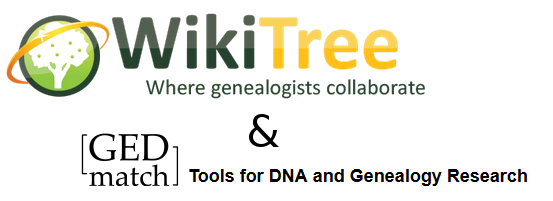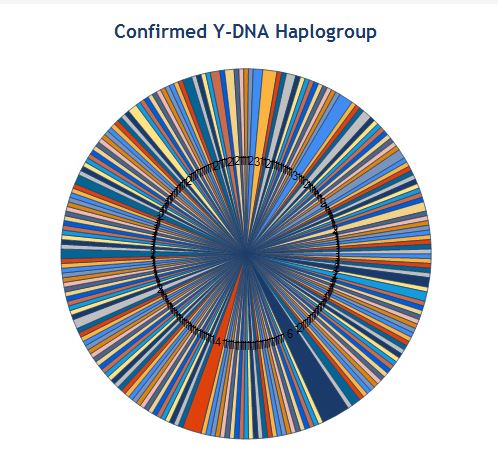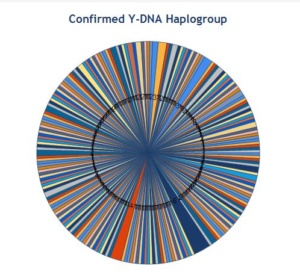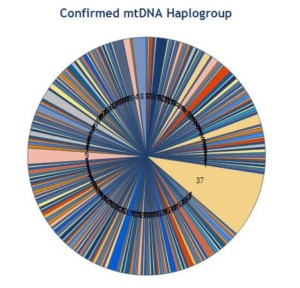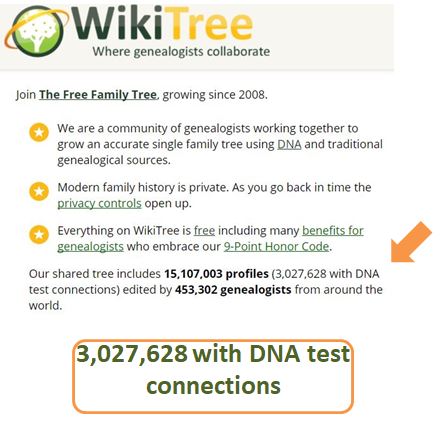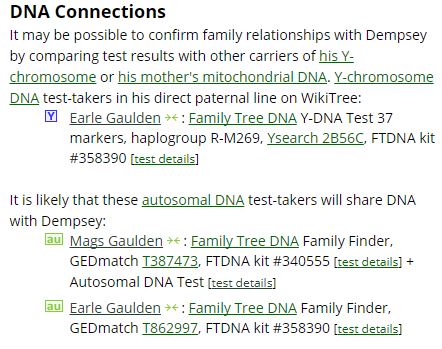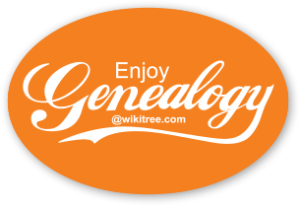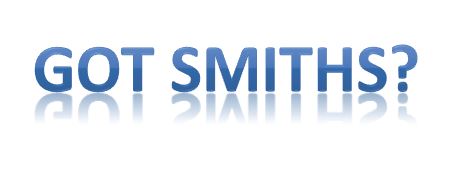For years I have been an ardent WikiTreer (a person who is a member of WikiTree). But many people don’t realize how I use WikiTree in my work as a Professional Genealogist, which I do, almost every single day.
Time Tracking
This is the comment that usually causes eyebrows to raise, their pupils to dilate and their genea-senses to prick. Time tracking is what we do while we work for every single client. For me it’s a way to show the client the bang for their buck.
Every single change I make to WikiTree is shown in my contributions feed. Every single change I make to a WikiTree profile is shown in the changes tab for the profile. Every single minute of time I take to input data and sources (correct typo’s and be OCD about the presentation of the work on the profile – the ultimate genealogy report) is shown. So any one of my clients can look at their family profiles on wikiTree and see what work I am doing and the time I have spent on that work – the entering it into WikiTree part and the research part.
Research Notes
While I work I post information about current theories or research angles to the profile. I discuss why I am looking in a certain direction and can post images on why I have a certain theory.
For example:
An adoptee has her birth record. It list the names of her parents. Great, job done! But in reviewing all of the information surrounding the birth and in looking for information on those names, there don’t appear to be people who ever lived with those names in those places.
In the city directories for the year of her birth, where she was born, I found a page with the supposed surname. The surname was in the column furthest to the right. Scanning across the other two columns on the same page, on the same line, are the rest of the fathers names – names for other people, for other families. If you take the first name from this column for Robert Smelzter, the middle name in the second column Michael Smith and in the last column (none with either of the Robert or Michael) but the surname listed in the birth record? It is very apparent that the fathers name was made-up from someone opening that city directory and creating it from the names in the three columns (the actual names were very unique which made this easy to spot).
This theory, with images, is posted on the profile page for the adoptee (having found the father and knowing his real name is not the one on the birth record, bears out the way in which the names were chosen for the birth record).
Free Space Pages
I could have posted my research into the way the fathers name was created and posted all of this to a free space page. Creating a free space page for long and thoughtful research, like The Origins of The Hunt 14, is a great way to make a profile less wordy, less cluttered. Free Space Pages also provide an easy way to convert your research into great blog posts too! Here is information on creating a Free Space Page on WikiTree.
Real Time Conversations and Collaboration
My clients can join WikiTree or not. If they do they create their own account, and I work the tree back for them from what ever point they chose. If they don’t join WikiTree, I work the tree back from what ever point they chose. Sounds like it’s the same and it is. As long as I am not working with living individuals my clients can see all of my work in real time, as it happens.
As I work, if something comes up wonky and I need the client to clarify things, I don’t spend time with lengthy email chains trying to explain the wonky. I point them to the wonky, they see the wonky, and a real time conversation takes place. Oh! The time I have saved with this ability, this real time client collaboration.
Community Collaboration
There are great WikiTreers who are very specialized in their genealogy knowledge. These WikiTreers answer questions in the Genealogist to Genealogist forum and also work in projects to create resources and information on sources and resources for research specific to an area, a time, a name or an event. Like the Templeton Name Study or any of the other projects on WikiTree. Projects are chock full of resources and information and volunteers ready to help.
And the community involvement runs deeper with being able to ask a question about a source or reference or place or…in G2G (Genealogist to Genealogist Forum).
Database Capabilities
Well, that is what WikiTree is in reality. A humongous Global Family Tree that is a workable database. The possibilities are endless. From identifying names or groups in geographic locations or cemeteries or businesses or by mt full sequence haplogroups…
You can create your own database categories to suit your research needs. I have. One example is mapping the migration of Templeton’s from Ireland and Scotland to Pennsylvania and South Carolina, to points west by haplogroups. If you contact me to tell me you are a Templeton in Arkansas, with haplogroup R-M222, I can tell you which of the six Templeton families you originated from, off the top of my head. As a researcher you can find that data on the Templeton Name Study Free Space Page.
Report Writing
As I work each and every profile, every free space page, I create a series of mini-reports which can be included in any written report to a client. I have all of my sources, all the biographical information, images and information posted in a clear concise manner for each individual. I can in insert them into a larger report as is, or provide those as singular reports to clients. It’s an “as I work I create the final report” as a I go way of working. It’s a way to be on top of my reports with little effort. Because if you don’t do that, coming back to write a report after the fact makes the report and arduous task.
And More
These are only a few of the ways to use WikiTree as a Professional Genealogist. There are so many more, like setting up a profile so when you send out queries to people about a person they can find ALL of the information they need to connect them to your client – like this Surname List with a link to all of the individuals EKA’s for each surname. The Compact Pedigree Chart or A DNA Page showing all of a persons DNA information – mtDNA inheritance Ancestor Trail, and X and Y and…How about a once click button on an Ancestors profile to show you the relationship between the profile manager and the ancestor or between a DNA tester and the ancestors or…
There is so much that WikiTree can do to help a pro Genealogist be smart about how they work.






